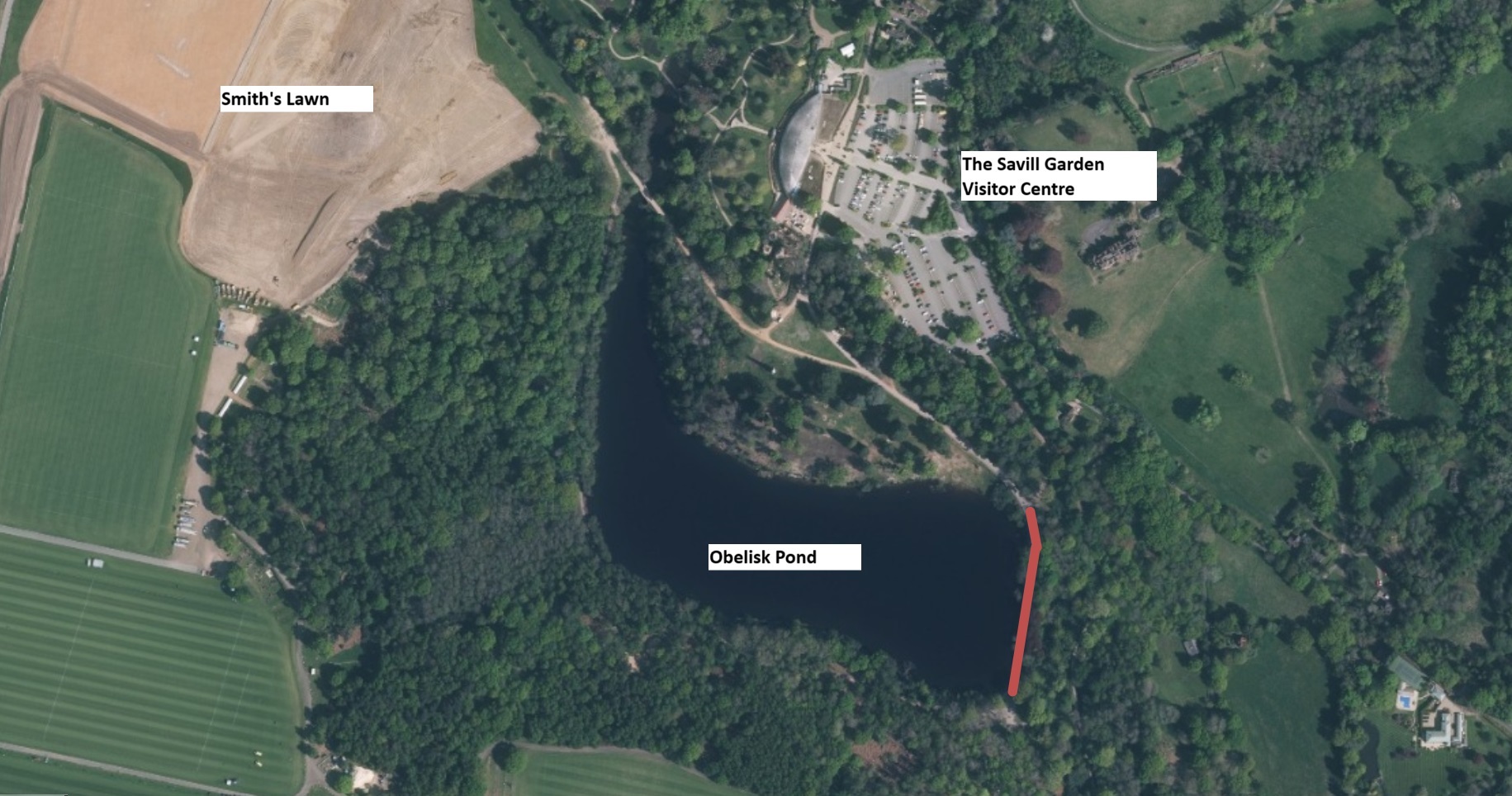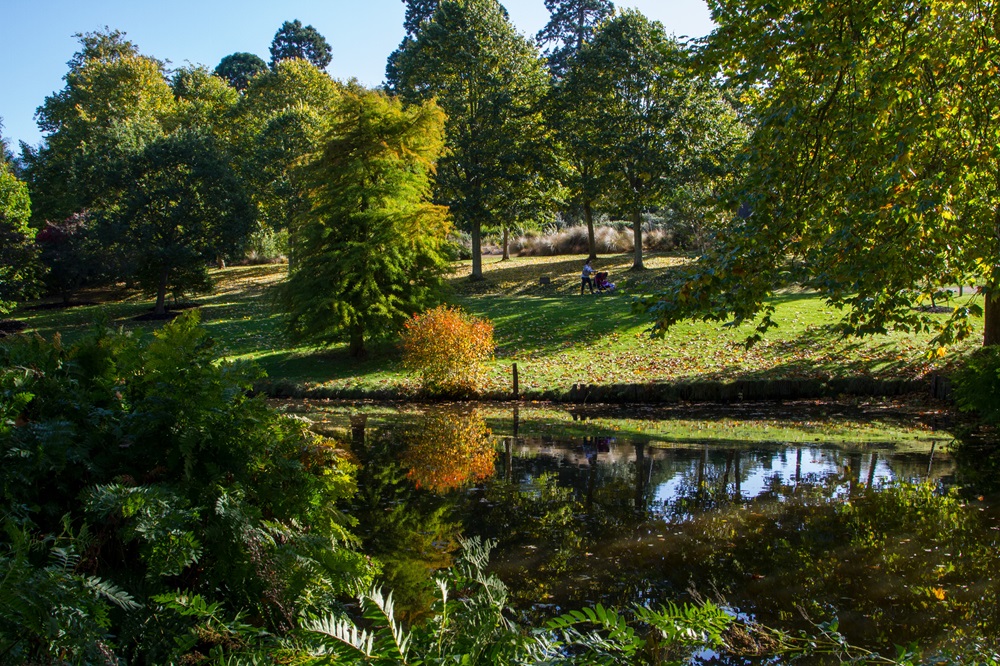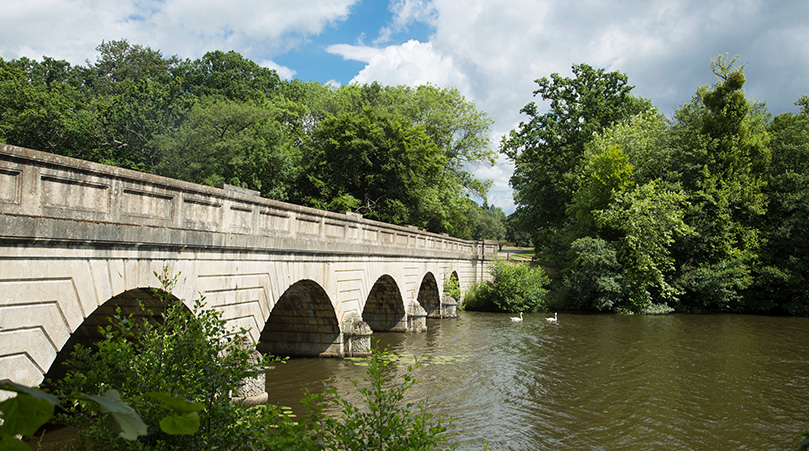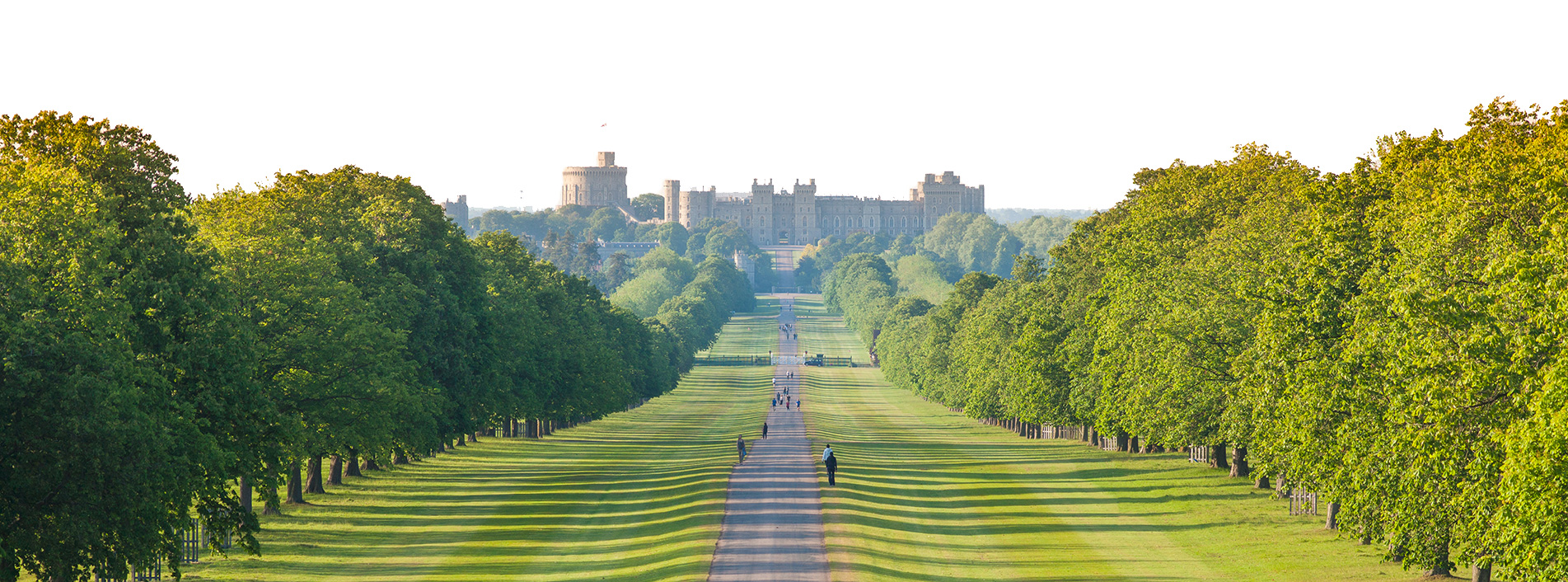
Visitor updates
As an operational Estate, it is sometimes necessary to close parts of Windsor Great Park. Please check the updates below before you travel and, if you are unfamiliar with Windsor Great Park, download the Park map & guide.
Closures which can occasionally happen on the day are communicated on our Social Media channels. If you are not already following us, you can do so here:
Before you visit, download or bookmark the Windsor Great Park map & guide.
Facility closures
Please be aware that the Virginia Water Gift Shop will be closing at 2pm on the following dates:
- Friday 11 July
- Saturday 12 July
- Sunday 13 July
The Deer Park will be closed for operational reasons on:
- There are no planned closures at this time
Please be aware that Affinity Water will be carrying out works on Wick Road from the morning of Monday 30 June to the evening of Friday 4 July.
During this time there will be no access to The Savill Garden and Adventure Play car park from Wick Road, via the A30 – London Road.
Access to The Savill Garden, Adventure Play, and Wick Road (Member and Friends only) car parks is available from Wick Lane, via Kings Lane or Bishopsgate Road.
Operational works
Forestry operations
Please note that timber harvesting operations will take place throughout Swinley Forest during the autumn and winter months of 2024 and into 2025.
These works are part of our ongoing forest management across the Windsor Estate, in line with our long-term forest plan for Swinley Forest.
Tree Harvesting
Forestry management requires a rotation of both harvesting and planting to maintain a balance of economic, social and environmental objectives.
At any given harvesting intervention approximately 30% of trees can be removed, with several interventions required over the lifetime of a plantation.
At Swinley Forest, these cleared areas will be planted with a mixture of softwood and hardwood trees.
This cycle of harvesting and planting brings with it several opportunities including:
- An increased of diversity of habitats and wildlife
- Improved tree health
- Improved safety and sustainability for the future
Environmental benefits
In addition to producing sustainable timber products, our aim is to also enhance and expand areas of important ecology within Swinley Forest.
Forest thinning opens up the tree canopy, reducing competition and allowing the retained trees more space to grow and provide more varied habitats as they mature.
This open tree canopy also lets more sunlight and water reach the Forest floor allowing the young newly planted trees and other ground vegetation to grow and provide a wider diversity of habitats for wildlife.
Space along the forest track network also creates natural breaks around the Forest which reduces the risk of forest fires spreading and protects the Forest for future generations to enjoy.
These open areas around the forest track network are also an important feature that allows wildlife that thrive in the scrubby, heather-rich vegetations to travel across the Forest and populate other areas.
Visiting Swinley Forest
The work is being carried out under a felling licence issued by the Forestry Commission.
We will do everything we can to minimise disruption during the work, but there will be times when we need to close tracks or sections of the forest to complete the works.
- Increased vehicle movements: Please ensure all dogs are kept under strict control at all times
- Safety: Follow all signs and directions while we operate around the working environment
We apologise for any inconvenience this causes and ask for your patience and understanding during these essential works.
Discover more
These useful links will help you make the most of your visit to Windsor Great Park.






